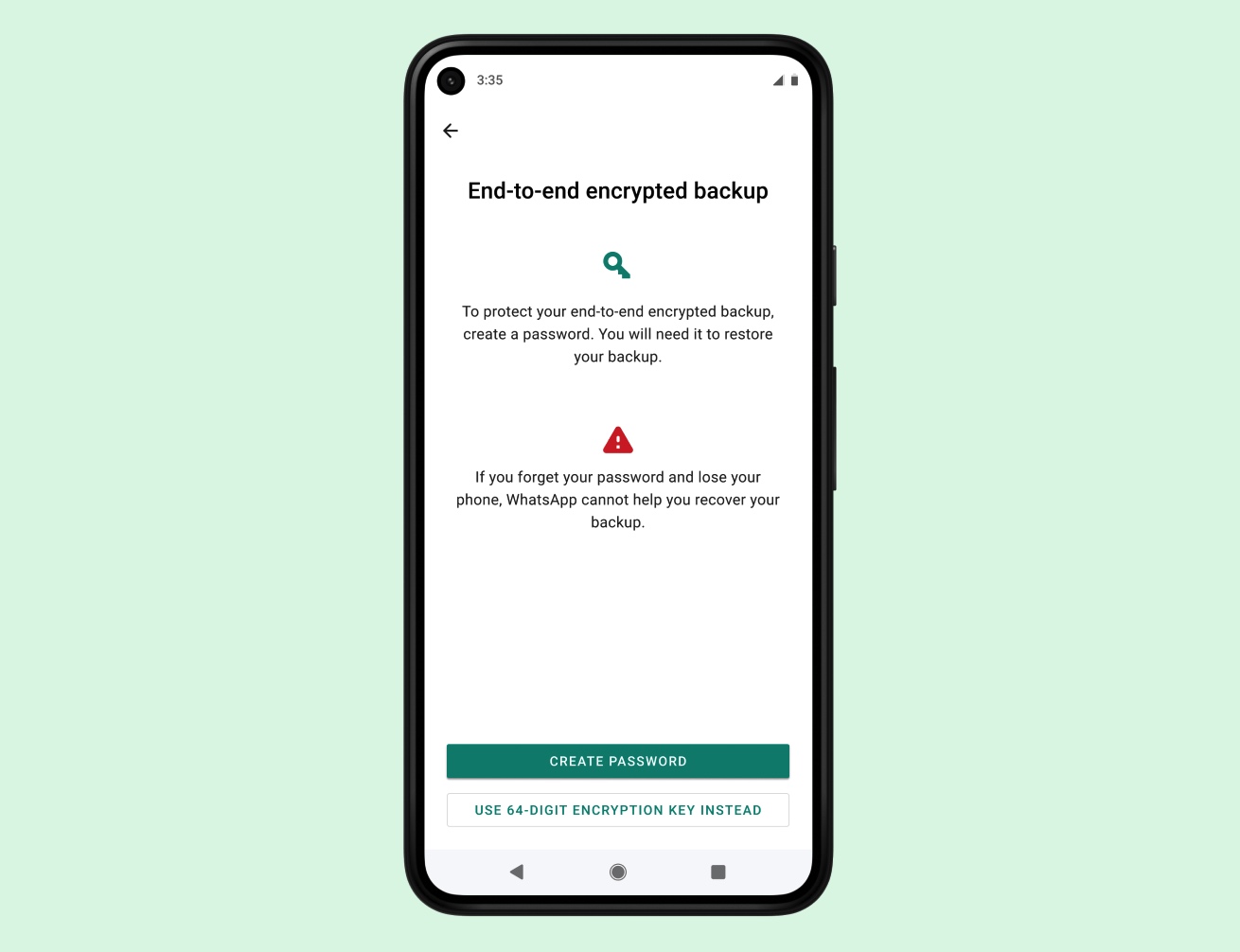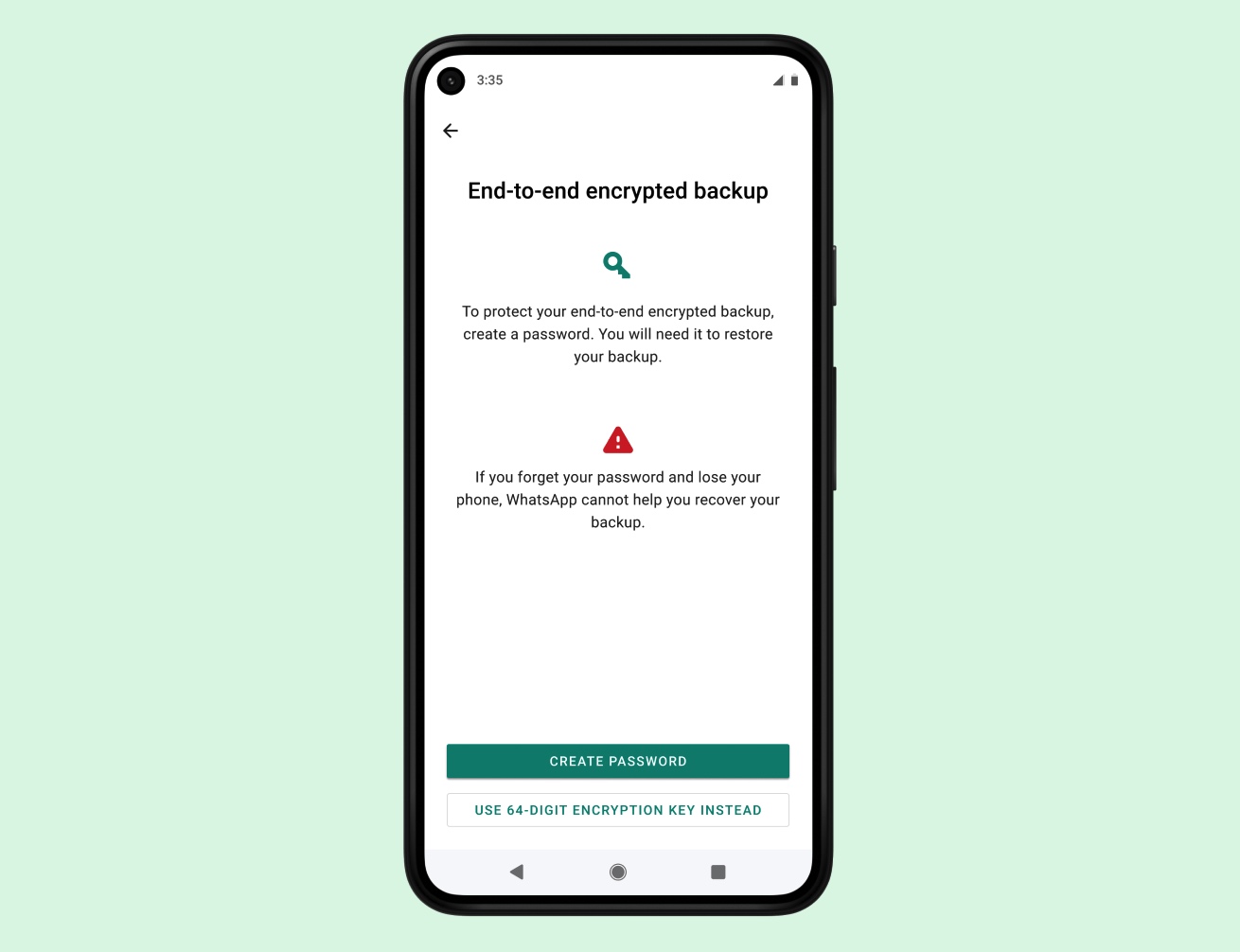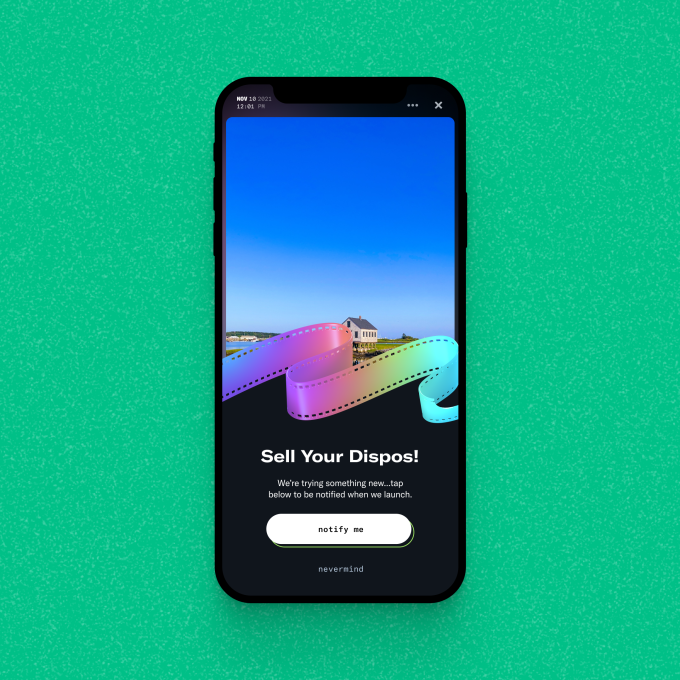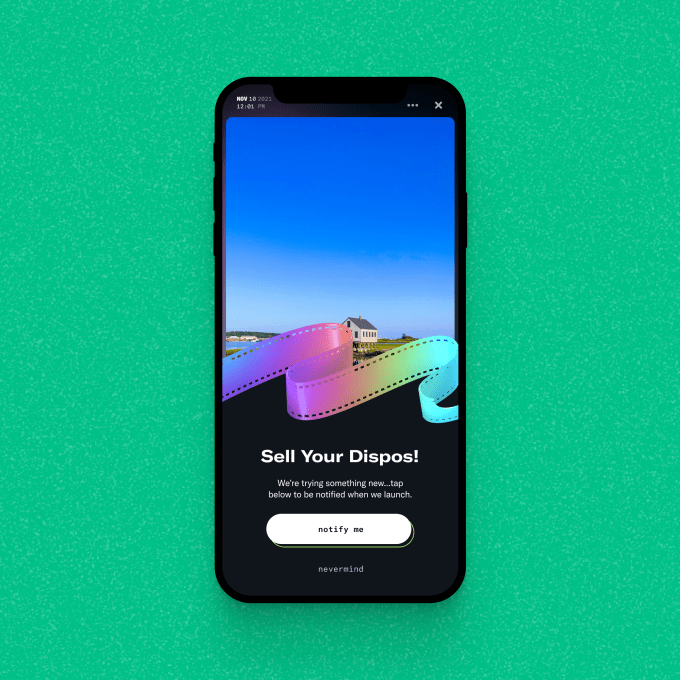APPS
What does a pandemic say about the tech we’ve built?

There’s a joke* being reshared on chat apps that takes the form of a multiple choice question — asking who’s the leading force in workplace digital transformation? The red-lined punchline is not the CEO or CTO but: C) COVID-19.
There’s likely more than a grain of truth underpinning the quip. The novel coronavirus is pushing a lot of metaphorical buttons right now. ‘Pause’ buttons for people and industries, as large swathes of the world’s population face quarantine conditions that can resemble house arrest. The majority of offline social and economic activities are suddenly off limits.
Such major pauses in our modern lifestyle may even turn into a full reset, over time. The world as it was, where mobility of people has been all but taken for granted — regardless of the environmental costs of so much commuting and indulged wanderlust — may never return to ‘business as usual’.
If global leadership rises to the occasional then the coronavirus crisis offers an opportunity to rethink how we structure our societies and economies — to make a shift towards lower carbon alternatives. After all, how many physical meetings do you really need when digital connectivity is accessible and reliable? As millions more office workers log onto the day job from home that number suddenly seems vanishingly small.
COVID-19 is clearly strengthening the case for broadband to be a utility — as so much more activity is pushed online. Even social media seems to have a genuine community purpose during a moment of national crisis when many people can only connect remotely, even with their nearest neighbours.
Hence the reports of people stuck at home flocking back to Facebook to sound off in the digital town square. Now the actual high street is off limits the vintage social network is experiencing a late second wind.
Facebook understands this sort of higher societal purpose already, of course. Which is why it’s been so proactive about building features that nudge users to ‘mark yourself safe’ during extraordinary events like natural disasters, major accidents and terrorist attacks. (Or indeed why it encouraged politicians to get into bed with its data platform in the first place — no matter the cost to democracy.)
In less fraught times, Facebook’s ‘purpose’ can be loosely summed to ‘killing time’. But with ever more sinkholes being drilled by the attention economy that’s a function under ferocious and sustained attack.
Over the years the tech giant has responded by engineering ways to rise back to the top of the social heap — including spying on and buying up competition, or directly cloning rival products. It’s been pulling off this trick, by hook or by crook, for over a decade. Albeit, this time Facebook can’t take any credit for the traffic uptick; A pandemic is nature’s dark pattern design.
What’s most interesting about this virally disrupted moment is how much of the digital technology that’s been built out online over the past two decades could very well have been designed for living through just such a dystopia.
Seen through this lens, VR should be having a major moment. A face computer that swaps out the stuff your eyes can actually see with a choose-your-own-digital-adventure of virtual worlds to explore, all from the comfort of your living room? What problem are you fixing VR? Well, the conceptual limits of human lockdown in the face of a pandemic quarantine right now, actually…
Virtual reality has never been a compelling proposition vs the rich and textured opportunity of real life, except within very narrow and niche bounds. Yet all of a sudden here we all are — with our horizons drastically narrowed and real-life news that’s ceaselessly harrowing. So it might yet end up wry punchline to another multiple choice joke: ‘My next vacation will be: A) Staycation, B) The spare room, C) VR escapism.’
It’s videoconferencing that’s actually having the big moment, though. Turns out even a pandemic can’t make VR go viral. Instead, long lapsed friendships are being rekindled over Zoom group chats or Google Hangouts. And Houseparty — a video chat app — has seen surging downloads as barflies seek out alternative night life with their usual watering-holes shuttered.
Bored celebs are TikToking. Impromptu concerts are being livestreamed from living rooms via Instagram and Facebook Live. All sorts of folks are managing social distancing and the stress of being stuck at home alone (or with family) by distant socializing — signing up to remote book clubs and discos; joining virtual dance parties and exercise sessions from bedrooms. Taking a few classes together. The quiet pub night with friends has morphed seamlessly into a bring-your-own-bottle group video chat.
This is not normal — but nor is it surprising. We’re living in the most extraordinary time. And it seems a very human response to mass disruption and physical separation (not to mention the trauma of an ongoing public health emergency that’s killing thousands of people a day) to reach for even a moving pixel of human comfort. Contactless human contact is better than none at all.
Yet the fact all these tools are already out there, ready and waiting for us to log on and start streaming, should send a dehumanizing chill down society’s backbone.
It underlines quite how much consumer technology is being designed to reprogram how we connect with each other, individually and in groups, in order that uninvited third parties can cut a profit.
Back in the pre-COVID-19 era, a key concern being attached to social media was its ability to hook users and encourage passive feed consumption — replacing genuine human contact with voyeuristic screening of friends’ lives. Studies have linked the tech to loneliness and depression. Now we’re literally unable to go out and meet friends the loss of human contact is real and stark. So being popular online in a pandemic really isn’t any kind of success metric.
Houseparty, for example, self-describes as a “face to face social network” — yet it’s quite the literal opposite; you’re foregoing face-to-face contact if you’re getting virtually together in app-wrapped form.
While the implication of Facebook’s COVID-19 traffic bump is that the company’s business model thrives on societal disruption and mainstream misery. Which, frankly, we knew already. Data-driven adtech is another way of saying it’s been engineered to spray you with ad-flavored dissatisfaction by spying on what you get up to. The coronavirus just hammers the point home.
The fact we have so many high-tech tools on tap for forging digital connections might feel like amazing serendipity in this crisis — a freemium bonanza for coping with terrible global trauma. But such bounty points to a horrible flip side: It’s the attention economy that’s infectious and insidious. Before ‘normal life’ plunged off a cliff all this sticky tech was labelled ‘everyday use’; not ‘break out in a global emergency’.
It’s never been clearer how these attention-hogging apps and services are designed to disrupt and monetize us; to embed themselves in our friendships and relationships in a way that’s subtly dehumanizing; re-routing emotion and connections; nudging us to swap in-person socializing for virtualized fuzz that designed to be data-mined and monetized by the same middlemen who’ve inserted themselves unasked into our private and social lives.
Captured and recompiled in this way, human connection is reduced to a series of dilute and/or meaningless transactions. The platforms deploying armies of engineers to knob-twiddle and pull strings to maximize ad opportunities, no matter the personal cost.
It’s also no accident we’re also seeing more of the vast and intrusive underpinnings of surveillance capitalism emerge, as the COVID-19 emergency rolls back some of the obfuscation that’s used to shield these business models from mainstream view in more normal times. The trackers are rushing to seize and colonize an opportunistic purpose.
Tech and ad giants are falling over themselves to get involved with offering data or apps for COVID-19 tracking. They’re already in the mass surveillance business so there’s likely never felt like a better moment than the present pandemic for the big data lobby to press the lie that individuals don’t care about privacy, as governments cry out for tools and resources to help save lives.
First the people-tracking platforms dressed up attacks on human agency as ‘relevant ads’. Now the data industrial complex is spinning police-state levels of mass surveillance as pandemic-busting corporate social responsibility. How quick the wheel turns.
But platforms should be careful what they wish for. Populations that find themselves under house arrest with their phones playing snitch might be just as quick to round on high tech gaolers as they’ve been to sign up for a friendly video chat in these strange and unprecedented times.
Oh and Zoom (and others) — more people might actually read your ‘privacy policy‘ now they’ve got so much time to mess about online. And that really is a risk.
*Source is a private Twitter account called @MBA_ish
APPS
Best ASO Tips To Boost Your App Search In 2022

You need your application to be really effective in the overpopulated application market. Then, at that point, you will have to drive downloads to endure. So when it’s all said and done, you must account for yourself. Get your application the consideration it merits.
The uplifting news, however, is that customers love to download applications – last year, we downloaded in excess of 200 billion applications around the world, and that figure is set to increment to 258 billion every year by 2022 as cell phone reception increments.
Assuming you need to be seen and have your application downloaded by however many clients as could reasonably be expected, then, at that point, you should begin by taking a gander at the application store.
Underneath, we’ve assembled probably the best application store improvement methods to assist you with creating more downloads in 2021 and then some…
Start with Your Application Name
The odds are you as of now have an extraordinary name for your application, yet an appropriately advanced application is about significantly more than marking.
Assuming you need to amplify transparency and guarantee you’re showing up when clients look for applications like yours, you ought to remember the primary keywords for your application name or title, comparable to how you’d make a title label while improving a site page.
You could begin with your application name so it tends to be plainly recognized, thus it appears on the home screen of gadgets.
Then, at that point, you can add a scramble or vertical bar prior to adding a few pertinent watchwords to your speciality, or even put your application name in quotes as we did with FORE Business Golf Networking.
Urge Users to Leave Reviews
You could ask for reviews by clients through the means of your site, or through an in-application notice toward the finish of their meeting, yet make sure to restrict the number of pop-ups you execute with the goal that you don’t disturb or disappoint your clients, as this could urge them to erase your application.
We’d support all application engineers and entrepreneurs to react to criticism on their applications, as this can further develop client relations and resolve issues in an open arena.
Zero in on Your Application Depiction
Your application depiction is your principle assemblage of text your landing page content, in a manner of speaking. Utilize a site like KeywordTool.io to discover information on your picked catchphrases to expand your openness. As portrayals are shortened, ensure you remember the main data for the initial three lines of your depiction, and afterwards add things like social confirmation, emoticon, and suggestions to take action to build commitment and downloads.
Incorporate Appealings Screen Captures
Pictures and recordings won’t help your application rank, yet they will expand changes and assist clients with working out whether it’s an application they truly need.
There’s a little guide in empowering clients toward downloading your application if in any case, they’re not going to interface with it, or download and leave a negative survey when they understand it wasn’t what was promoted.
Assuming you need to ‘tart up’ your item page, then, at that point, you can add marking and extra text and data and designs to your recordings and screen capture, yet they ought not to diminish your item.
Pay for App Store or Play Store
As we have SEO and pay-per-click, you need to work one next to the other (one is a gradual methodology with long haul benefits – the other is a speedy success yet requires an endless spending plan), application store promotions can be utilized to get the message out with regards to your new programming and assist you with positioning at the highest point of query items pages – in front of your opposition and enormous names in the application world.
Keep in mind, you’ll need to focus on the right crowd and art an advertisement that will assist you with changing over and that since you’re paying for situations, that doesn’t mean clients will download or cooperate with your application.
Wrapping Up!
You can employ a group of App Store Optimization Services suppliers to benefit a scope of application store improvement administrations, including watchword advancement, resource enhancement, and restriction to guarantee your application is seen by individuals that matter.
We have long periods of involvement in creating and showcasing applications and have assisted different customers with expanding their downloads by infiltrating rewarding and regularly undiscovered business sectors.
Author:
Prachi Gupta likes to write information about Digital Marketing Trends that can help audience to grow their business.
APPS
WhatsApp will finally let users encrypt their chat backups in the cloud

WhatsApp said on Friday it will give its two billion users the option to encrypt their chat backups to the cloud, taking a significant step to put a lid on one of the tricky ways private communication between individuals on the app can be compromised.
The Facebook-owned service has end-to-end encrypted chats between users for more than a decade. But users have had no option but to store their chat backup to their cloud — iCloud on iPhones and Google Drive on Android — in an unencrypted format.
Tapping these unencrypted WhatsApp chat backups on Google and Apple servers is one of the widely known ways law enforcement agencies across the globe have for years been able to access WhatsApp chats of suspect individuals.
Now WhatsApp says it is patching this weak link in the system.
“WhatsApp is the first global messaging service at this scale to offer end-to-end encrypted messaging and backups, and getting there was a really hard technical challenge that required an entirely new framework for key storage and cloud storage across operating systems,” said Facebook’s chief executive Mark Zuckerberg in a post announcing the new feature.
Store your own encryption keys
The company said it has devised a system to enable WhatsApp users on Android and iOS to lock their chat backups with encryption keys. WhatsApp says it will offer users two ways to encrypt their cloud backups, and the feature is optional.
In the “coming weeks,” users on WhatsApp will see an option to generate a 64-digit encryption key to lock their chat backups in the cloud. Users can store the encryption key offline or in a password manager of their choice, or they can create a password that backs up their encryption key in a cloud-based “backup key vault” that WhatsApp has developed. The cloud-stored encryption key can’t be used without the user’s password, which isn’t known by WhatsApp.

Image Credits: WhatsApp/supplied
“We know that some will prefer the 64-digit encryption key whereas others want something they can easily remember, so we will be including both options. Once a user sets their backup password, it is not known to us. They can reset it on their original device if they forget it,” WhatsApp said.
“For the 64-digit key, we will notify users multiple times when they sign up for end-to-end encrypted backups that if they lose their 64-digit key, we will not be able to restore their backup and that they should write it down. Before the setup is complete, we’ll ask users to affirm that they’ve saved their password or 64-digit encryption key.”
A WhatsApp spokesperson told TechCrunch that once an encrypted backup is created, previous copies of the backup will be deleted. “This will happen automatically and there is no action that a user will need to take,” the spokesperson added.
Potential regulatory pushback?
The move to introduce this added layer of privacy is significant and one that could have far-reaching implications.
End-to-end encryption remains a thorny topic of discussion as governments continue to lobby for backdoors. Apple was reportedly pressured to not add encryption to iCloud Backups after the FBI complained, and while Google has offered users the ability to encrypt their data stored in Google Drive, the company allegedly didn’t tell governments before it rolled out the feature.
When asked by TechCrunch whether WhatsApp, or its parent firm Facebook, had consulted with government bodies — or if it had received their support — during the development process of this feature, the company declined to discuss any such conversations.
“People’s messages are deeply personal and as we live more of our lives online, we believe companies should enhance the security they provide their users. By releasing this feature, we are providing our users with the option to add this additional layer of security for their backups if they’d like to, and we’re excited to give our users a meaningful advancement in the safety of their personal messages,” the company told TechCrunch.
WhatsApp also confirmed that it will be rolling out this optional feature in every market where its app is operational. It’s not uncommon for companies to withhold privacy features for legal and regulatory reasons. Apple’s upcoming encrypted browsing feature, for instance, won’t be made available to users in certain authoritarian regimes, such as China, Belarus, Egypt, Kazakhstan, Saudi Arabia, Turkmenistan, Uganda and the Philippines.
At any rate, Friday’s announcement comes days after ProPublica reported that private end-to-end encrypted conversations between two users can be read by human contractors when messages are reported by users.
“Making backups fully encrypted is really hard and it’s particularly hard to make it reliable and simple enough for people to use. No other messaging service at this scale has done this and provided this level of security for people’s messages,” Uzma Barlaskar, product lead for privacy at WhatsApp, told TechCrunch.
“We’ve been working on this problem for many years, and to build this, we had to develop an entirely new framework for key storage and cloud storage that can be used across the world’s largest operating systems and that took time.”
APPS
Dispo launches a test to gauge user interest in selling their photos as NFTs

Dispo, the photo-sharing app that emulates disposable cameras, started rolling out a test yesterday that will record user interest in selling photos as NFTs. Some users will now see a sell button on their photos, and when they tap it, they can sign up to be notified when the ability to sell Dispo photos launches.
CEO and co-founder Daniel Liss told TechCrunch that Dispo is still deciding how it will incorporate NFT sales into the app, which is why the platform is piloting a test with its users. Dispo doesn’t know yet what blockchain it would use, if it would partner with an NFT marketplace or what cut of sales Dispo would take.
“I think it’s safe to say from the test that there will be an experience native to the Dispo app,” Liss said. “There are a number of ways it could look — there could be a native experience within Dispo that then connects through an API to another platform, and in turn, they’re our partner, but to the community, it would look native to the Dispo app.”

Image Credits: Dispo
This marks a new direction for the social media app, which seeks to redefine the photo-sharing experience by only letting users see the photos they took at 9 AM the next morning. From Dispo’s perspective, this gimmick helps users share more authentically, since you take one photo and then you’re done — the app isn’t conducive to taking dozens of selfies and posting the “best” image of yourself. But though it only launched in December 2019, Dispo has already faced both buzzy hype and devastating controversy.
Until about a year ago, the app was called David’s Disposables, named after co-founder and YouTuber David Dobrik. The app was downloaded over a million times in the first week after its release and hit No. 1 on the App Store charts. In March 2021, the app dropped its waitlist and relaunched with social network features, but just weeks later, Insider reported sexual assault allegations against a member of Vlog Squad, Dobrik’s YouTube prank ensemble. In response, Spark Capital severed ties with the company, leading to Dobrik’s departure. Other investors like Seven Seven Six and Unshackled Ventures, which contributed to the company’s $20 million Series A round, announced that they would donate any profits from their investments in Dispo to organizations working with survivors of sexual assault.
Liss told TechCrunch in June, when the company confirmed its Series A, that Dobrik’s role with the company was as a marketing partner — Liss has been CEO since the beginning. In light of the controversy, Liss said the app focused on improving the product itself and took a step back from promotion.
According to data from the app analytics firm SensorTower, Dispo has reached an estimated 4.7 million global installs to date since launch. Though the app saw the most downloads in January 2020, when it was installed over 1 million times, the app’s next best month came in March 2021, when it removed its waitlist — that month, about 616,000 people downloaded Dispo. Between March and the end of August, the app was downloaded around 1.4 million times, which is up 118% year over year compared to the same time frame in 2020 — but it should be expected that this year’s numbers would be higher, since last year, the app’s membership was exclusive.

Image Credits: Dispo
Now, with the announcement that Dispo is pursuing NFTs, Liss hopes that his company won’t just change how people post photos, but what the relationship will be between platforms and the content that users create.
“Why NFTs? The most powerful memories of our lives have value. And they have economic value, because we created them, and the past of social media fails to recognize that,” Liss told TechCrunch. “As a result, the only way that a creator with a big following is compensated is by selling directly to a brand, as opposed to profiting from the content itself.”
Adding NFT sales to the app offers Dispo a way to profit from a cut of user sales, but it stands to question how adding NFT sales could impact the community-focused feel of Dispo.
“I think there is tremendous curiosity and interest,” Liss said. “But these problems and questions are why we need more data.”
-

 PPC4 days ago
PPC4 days ago19 Best SEO Tools in 2024 (For Every Use Case)
-

 PPC7 days ago
PPC7 days ago4 New Google Ads Performance Max Updates: What You Need to Know
-

 SEO6 days ago
SEO6 days agoGoogle Clarifies Vacation Rental Structured Data
-

 MARKETING6 days ago
MARKETING6 days agoWill Google Buy HubSpot? | Content Marketing Institute
-
SEARCHENGINES6 days ago
Daily Search Forum Recap: April 16, 2024
-

 PPC7 days ago
PPC7 days agoShare Of Voice: Why Is It Important?
-

 PPC6 days ago
PPC6 days agoHow to Collect & Use Customer Data the Right (& Ethical) Way
-

 MARKETING5 days ago
MARKETING5 days agoStreamlining Processes for Increased Efficiency and Results














